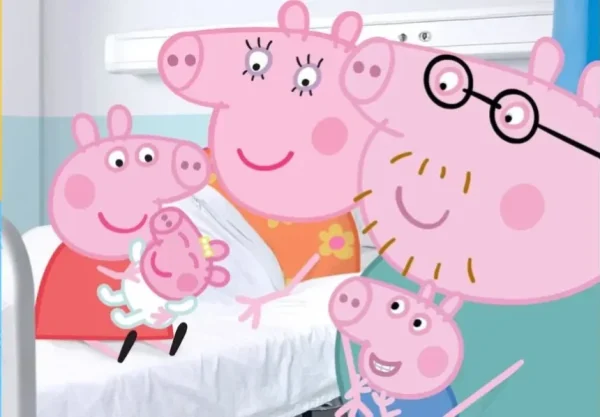The United States debt ceiling crisis

Joe Biden and Kevin McCarthy shaking hands.
President Joe Biden and the United States Congress have recently made a deal that has saved the United States from defaulting that would have resulted in a major recession. If you haven’t heard about the debt ceiling crisis, according to The BBC Janet Yellen, the United States Secretary of Treasury, said, “Without an agreement to increase what the federal government can borrow, it could run out of money by early June.”
If you don’t know what the debt ceiling is, in essence it is the amount of money that the federal government can legally borrow.The debt ceiling was first introduced in 1917 with the Second Liberty Bond Act and for the most part the government keeps raising the debt ceiling and it has never gone down since then. According to The U.S Department of Treasury, “Congress has raised the debt ceiling 78 times since 1960.”
The reason why the debt ceiling is different this time is because as of 2022 Republicans have more people in the House of Representatives. The debt ceiling is a political issue as Republicans see the debt ceiling as leverage, as Congress has to approve raising it and without any Republican support, the bill will not pass. Republicans have done this in the past with the debt ceiling crisis in 2011, where they wanted certain things or they would not raise the debt ceiling, which could have led to a default or the crash of the U.S. economy.
Congress and the president use more money than they make, which is why the Treasury Department has to take on debt via bonds. For example, if an investor put in $1,000 dollars with a 2% interest rate for 30 years, the government would pay the investor $20 dollars every year in interest and after 30 years the investor would get his original $1,000 dollars back. Bonds are seen as a safe and reliable place to put your money, as you get money and the federal government gets money that they can use.
According to WBAL tv, the final deal made between Speaker Kevin McCarthy and President Joe Biden “would drive hard to impose tougher work requirements on government aid recipients; Republicans achieved some of what they wanted. It ensures people ages 49 to 54 with food stamp aid would have to meet work requirements if they are able-bodied and without dependents and increase the debt limit for 2 years.”






